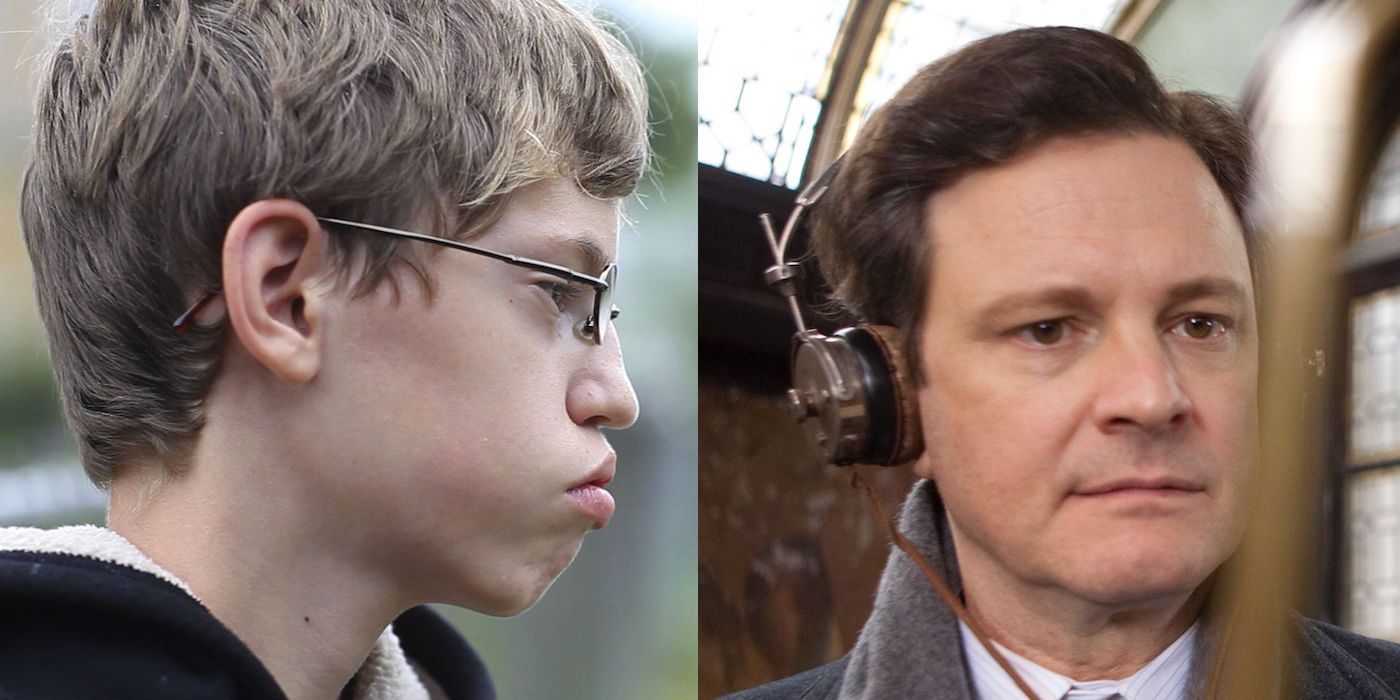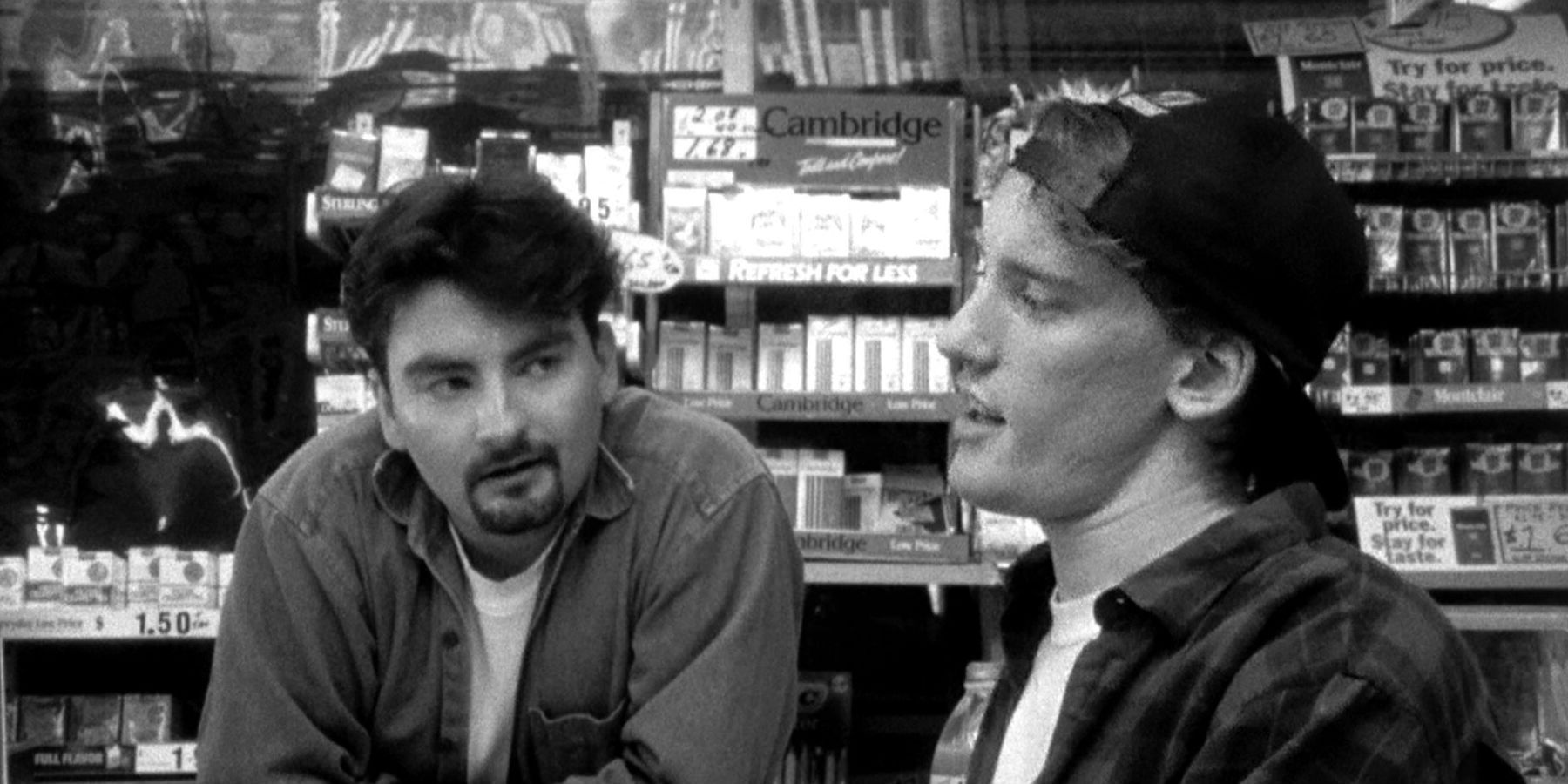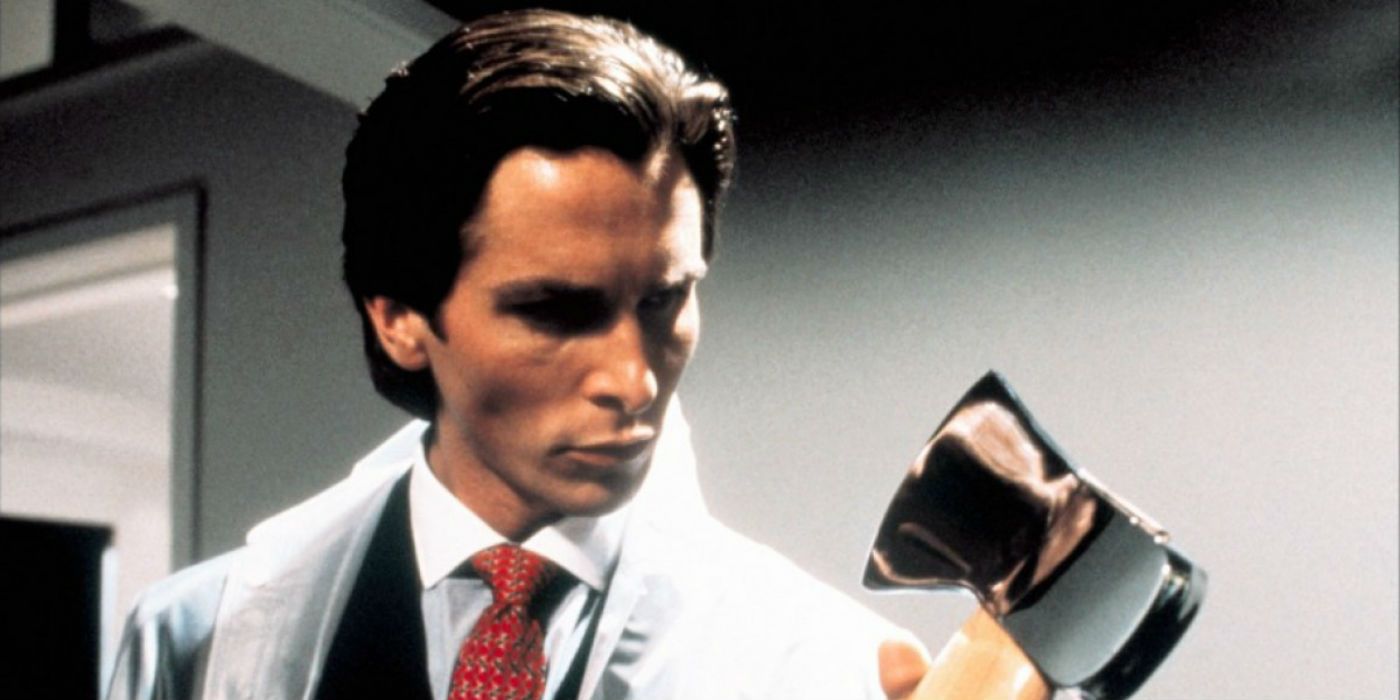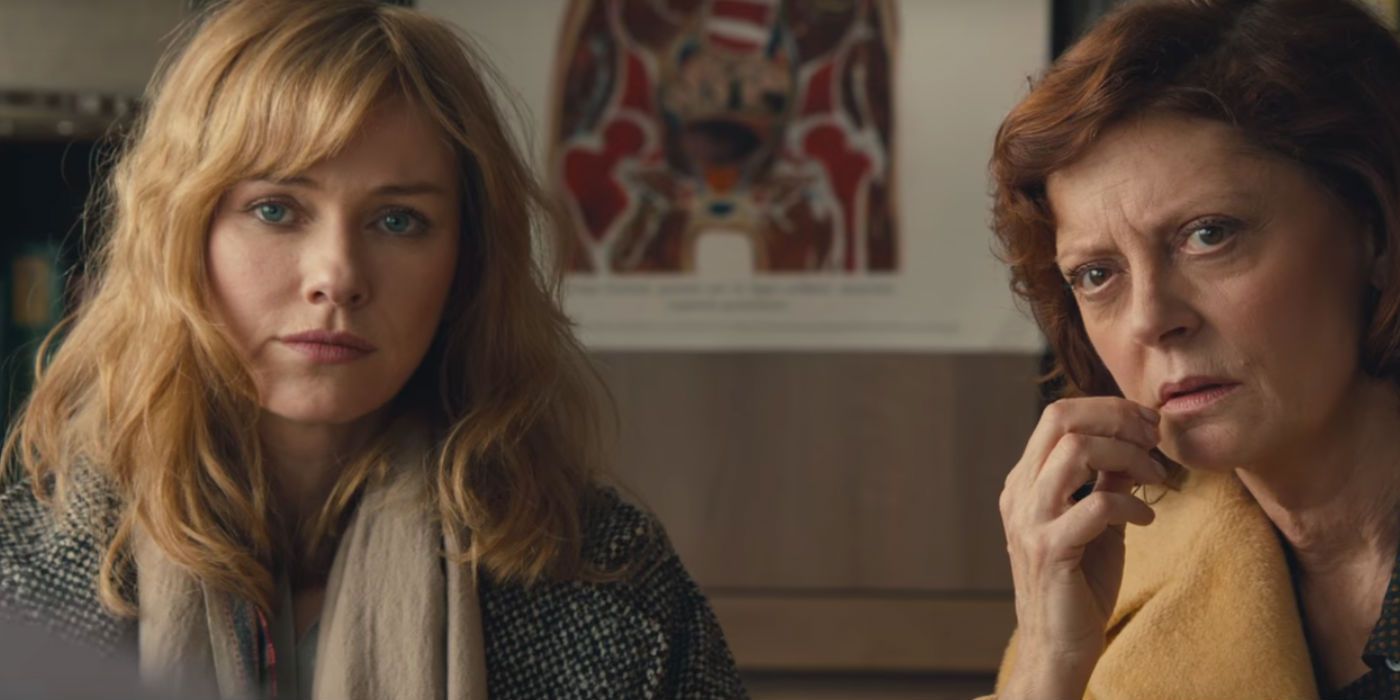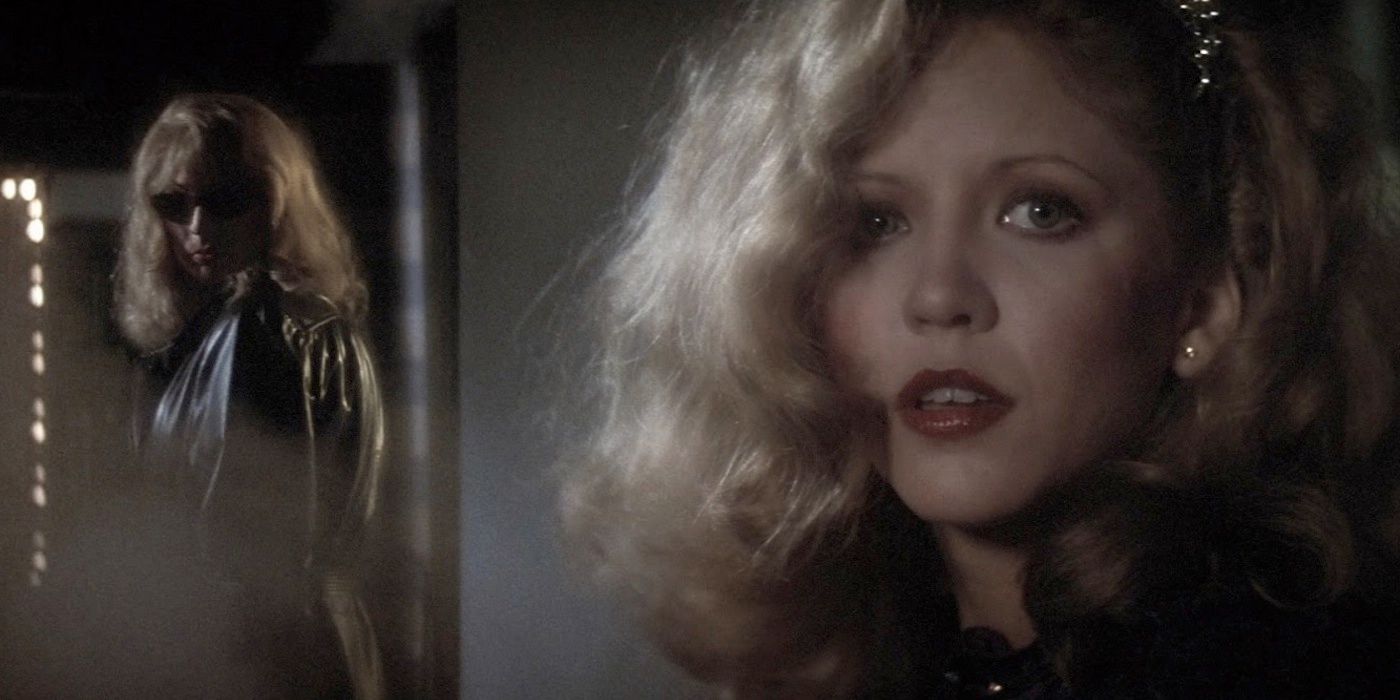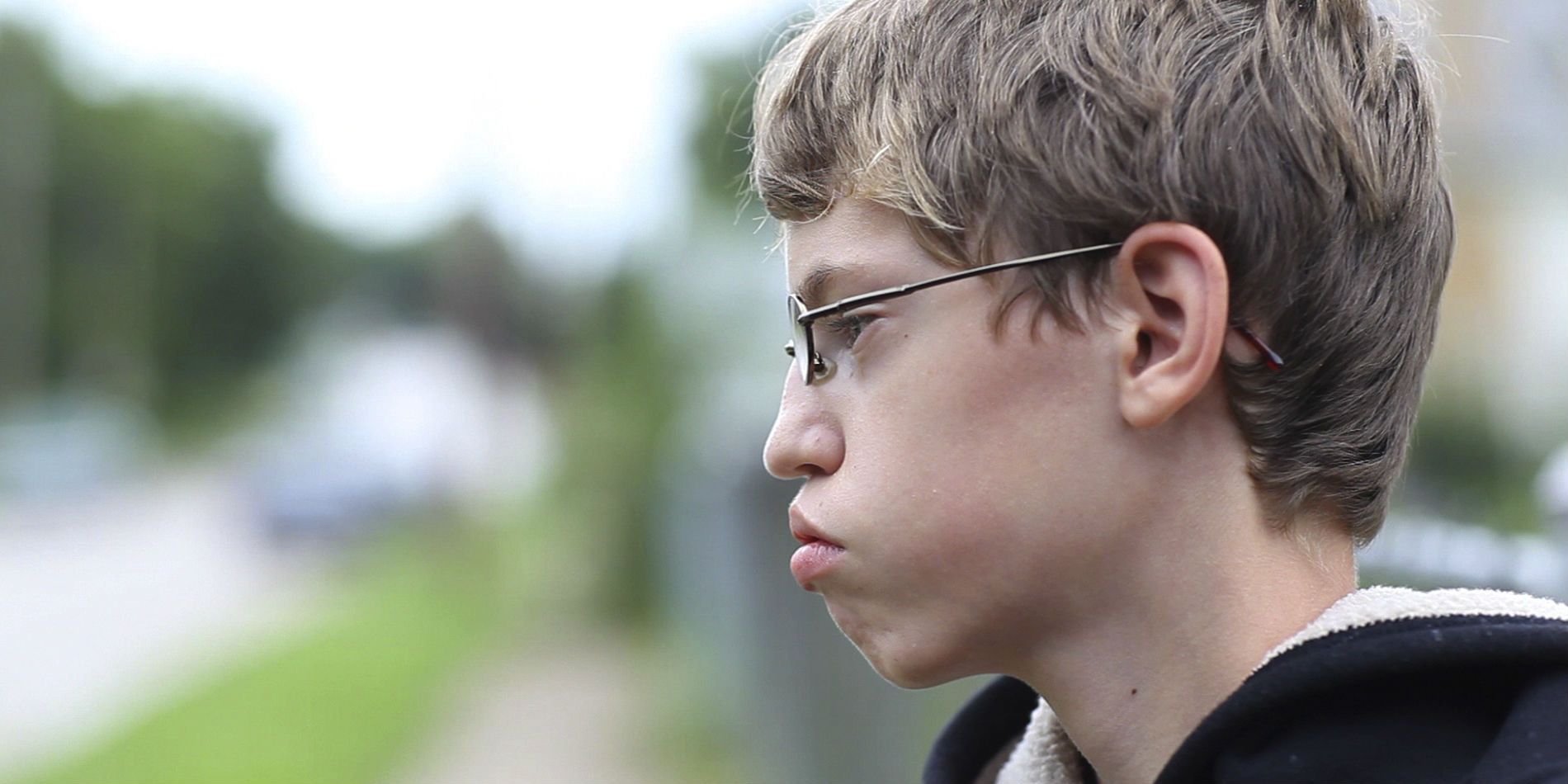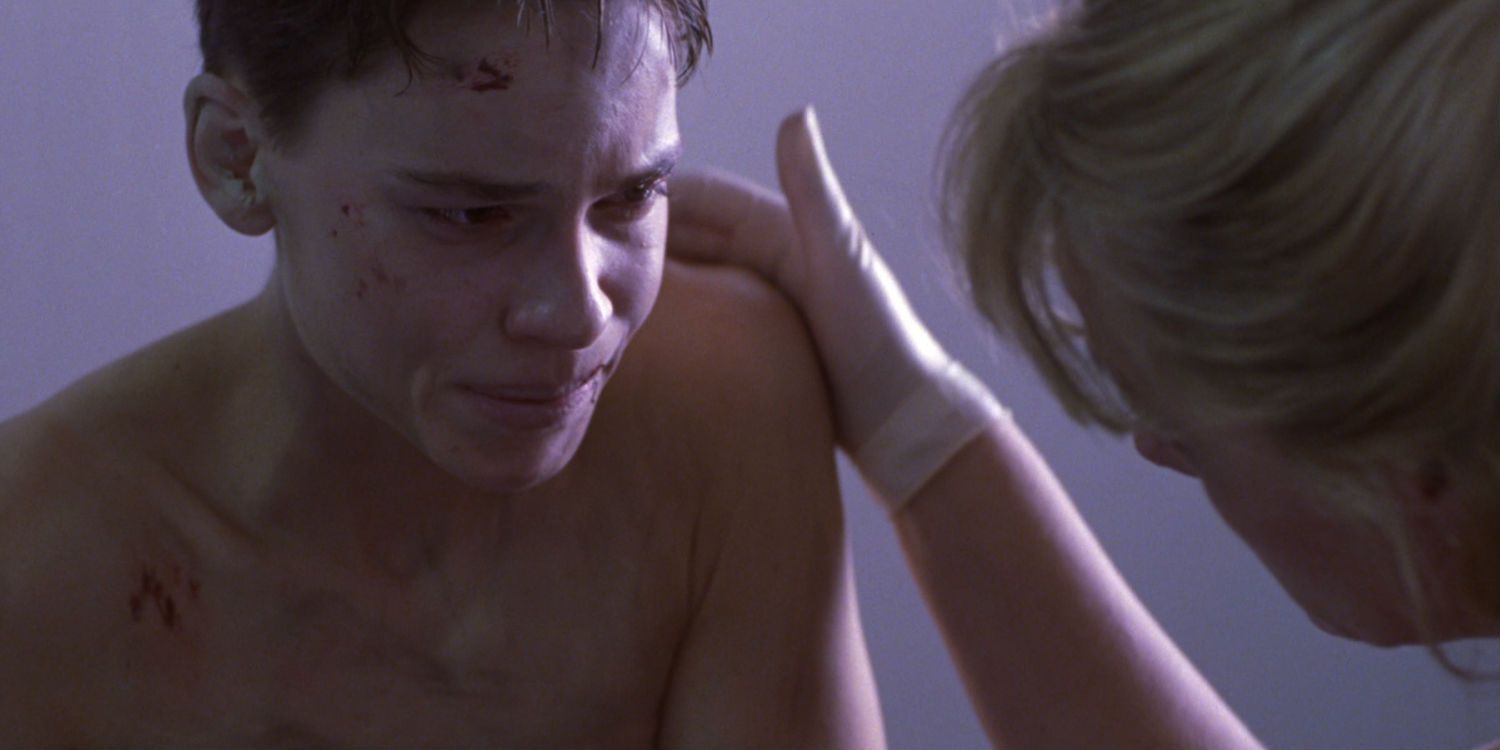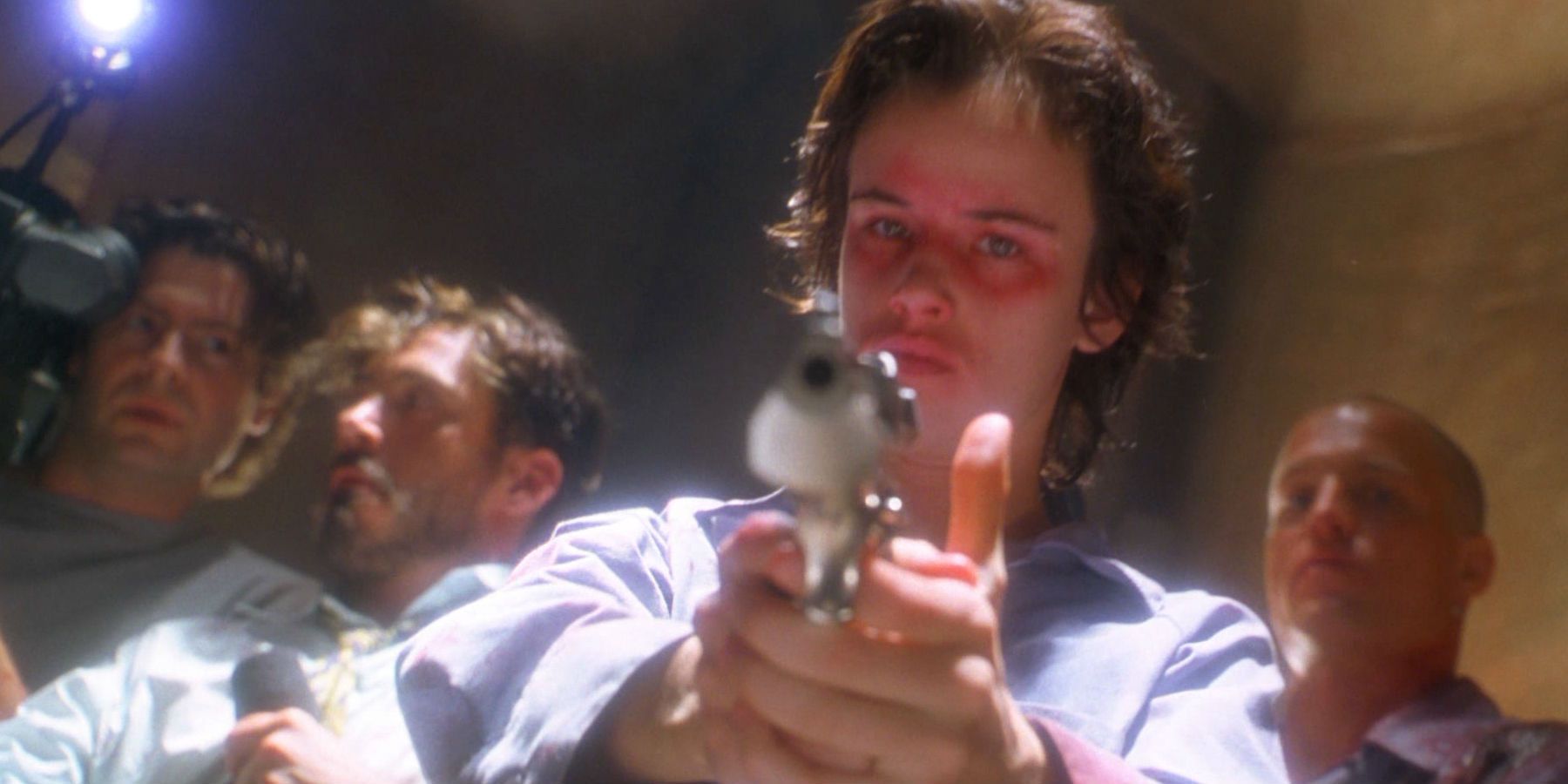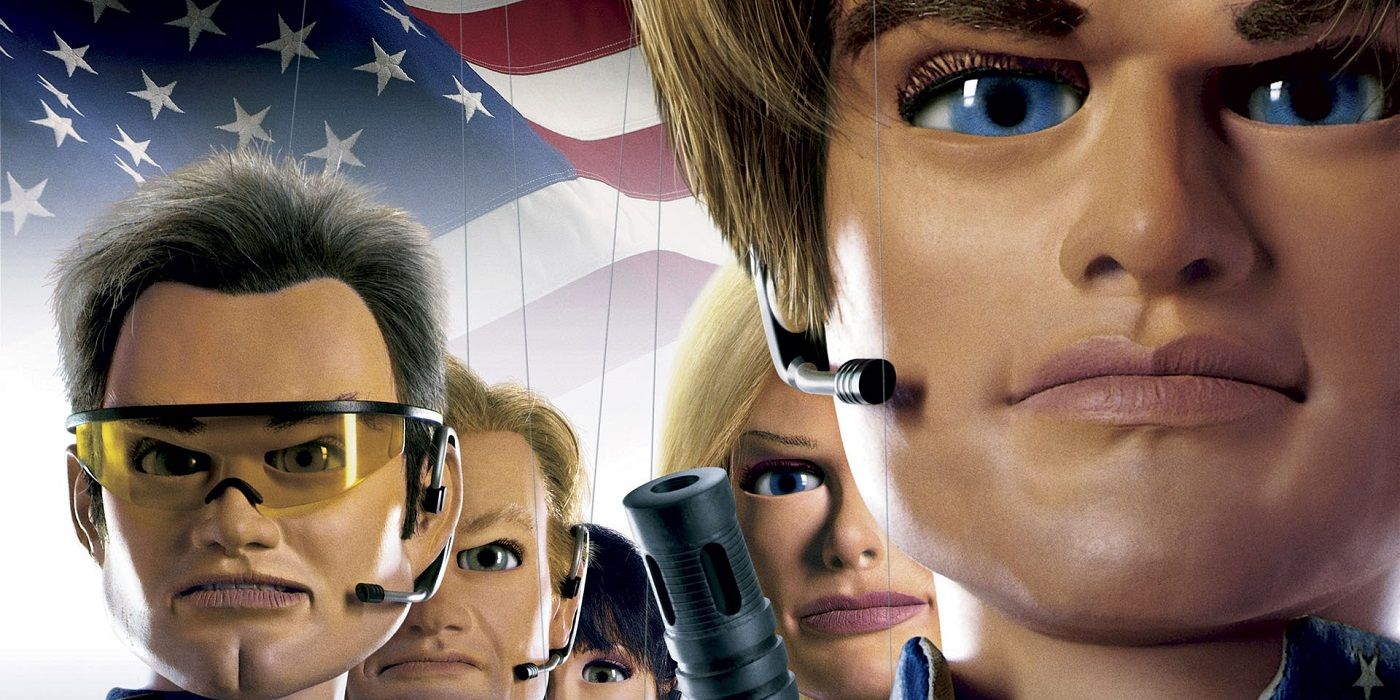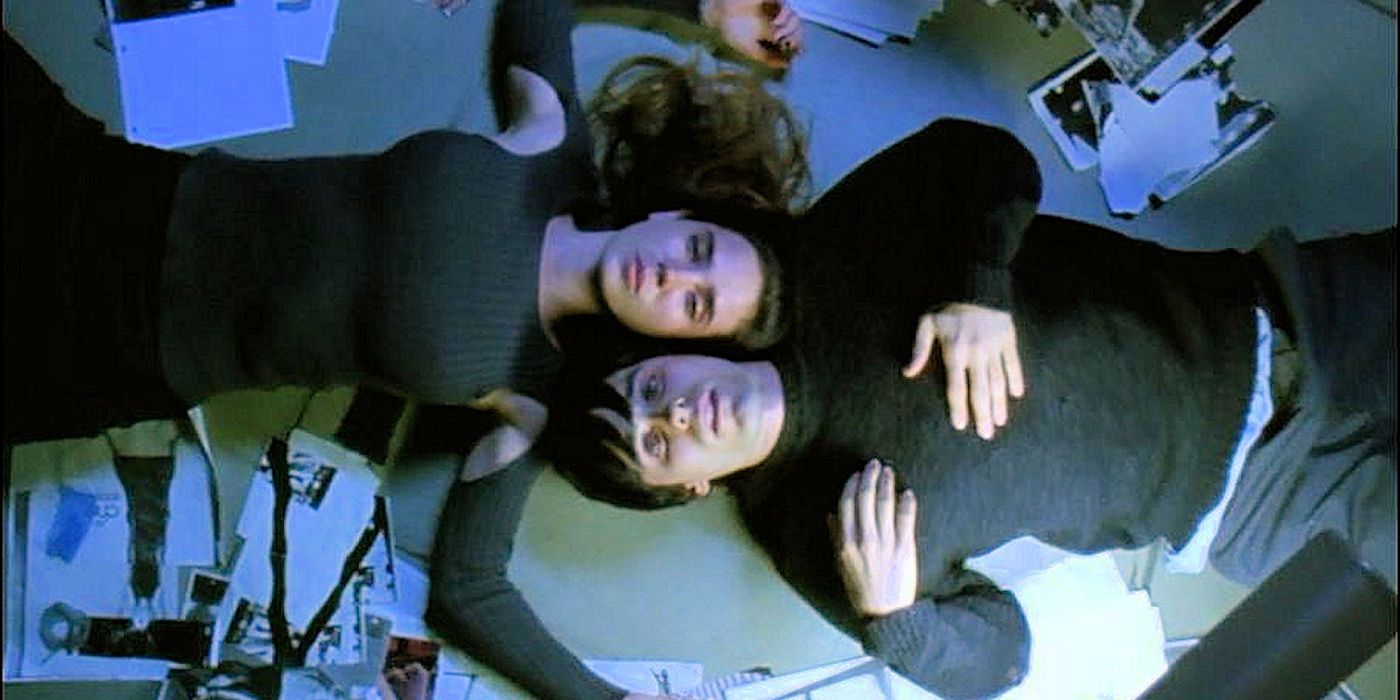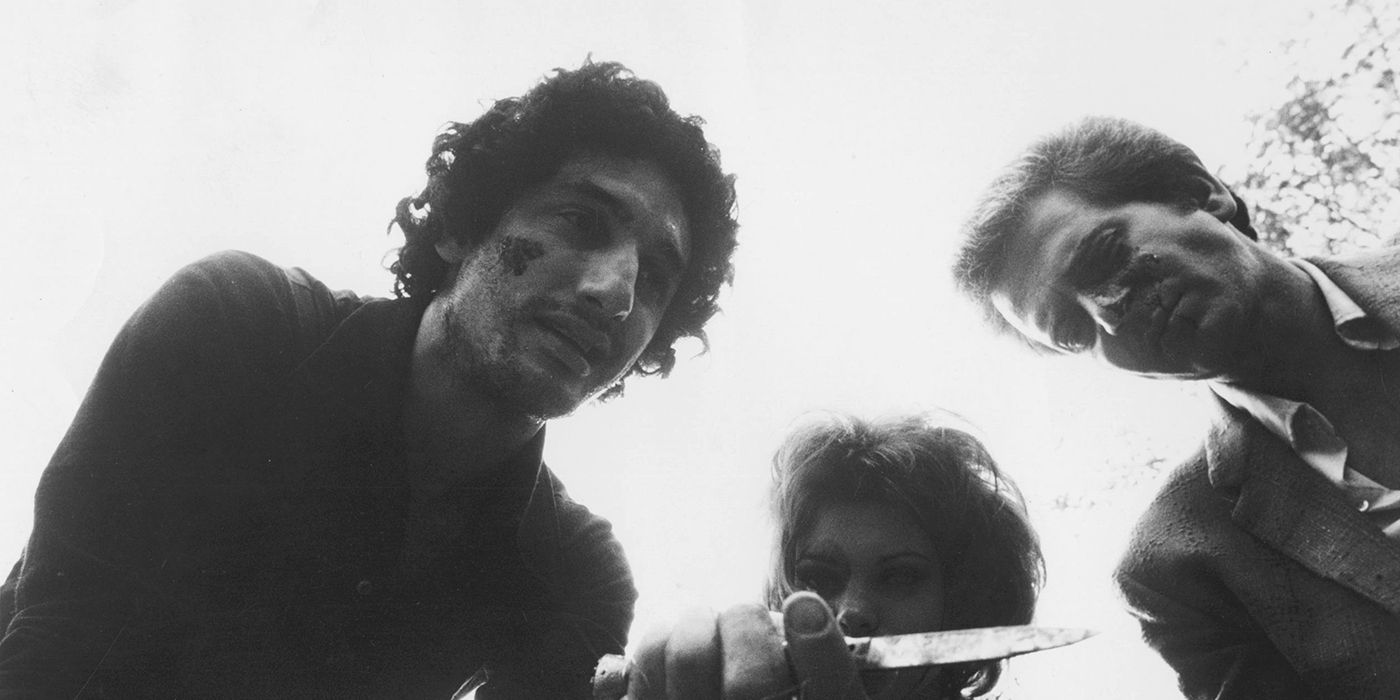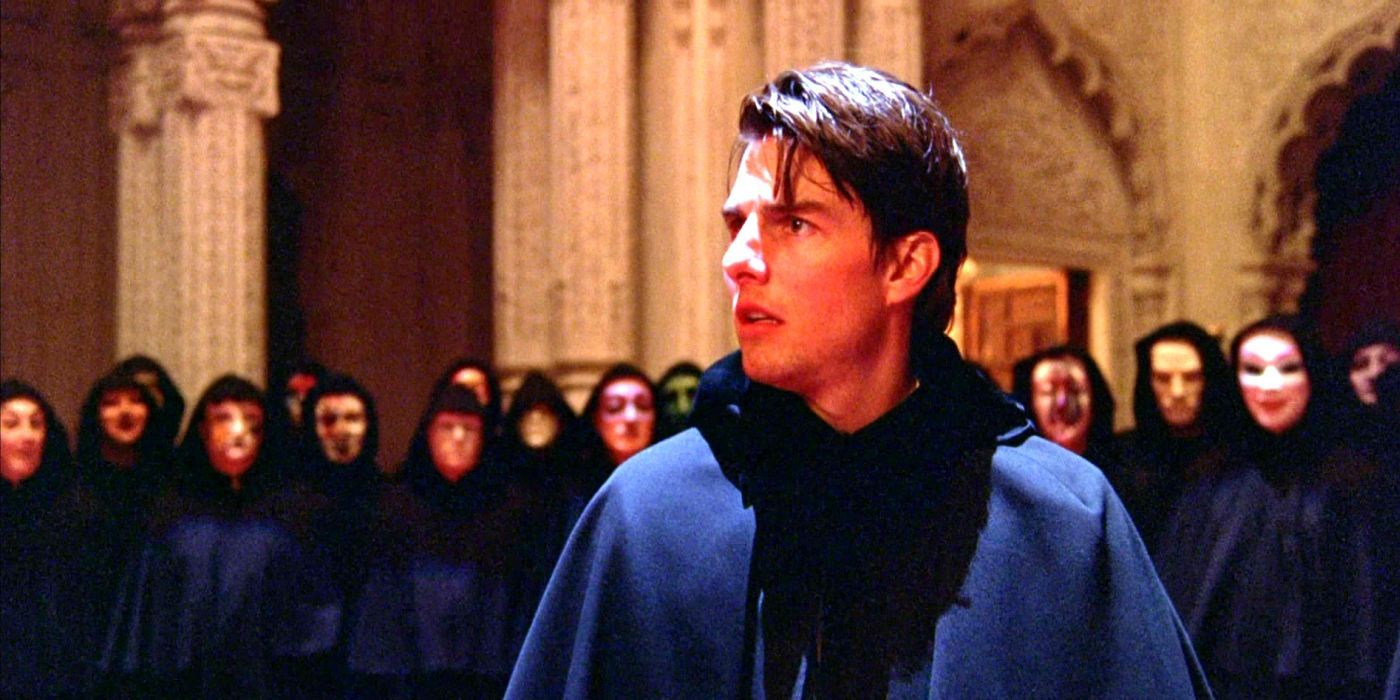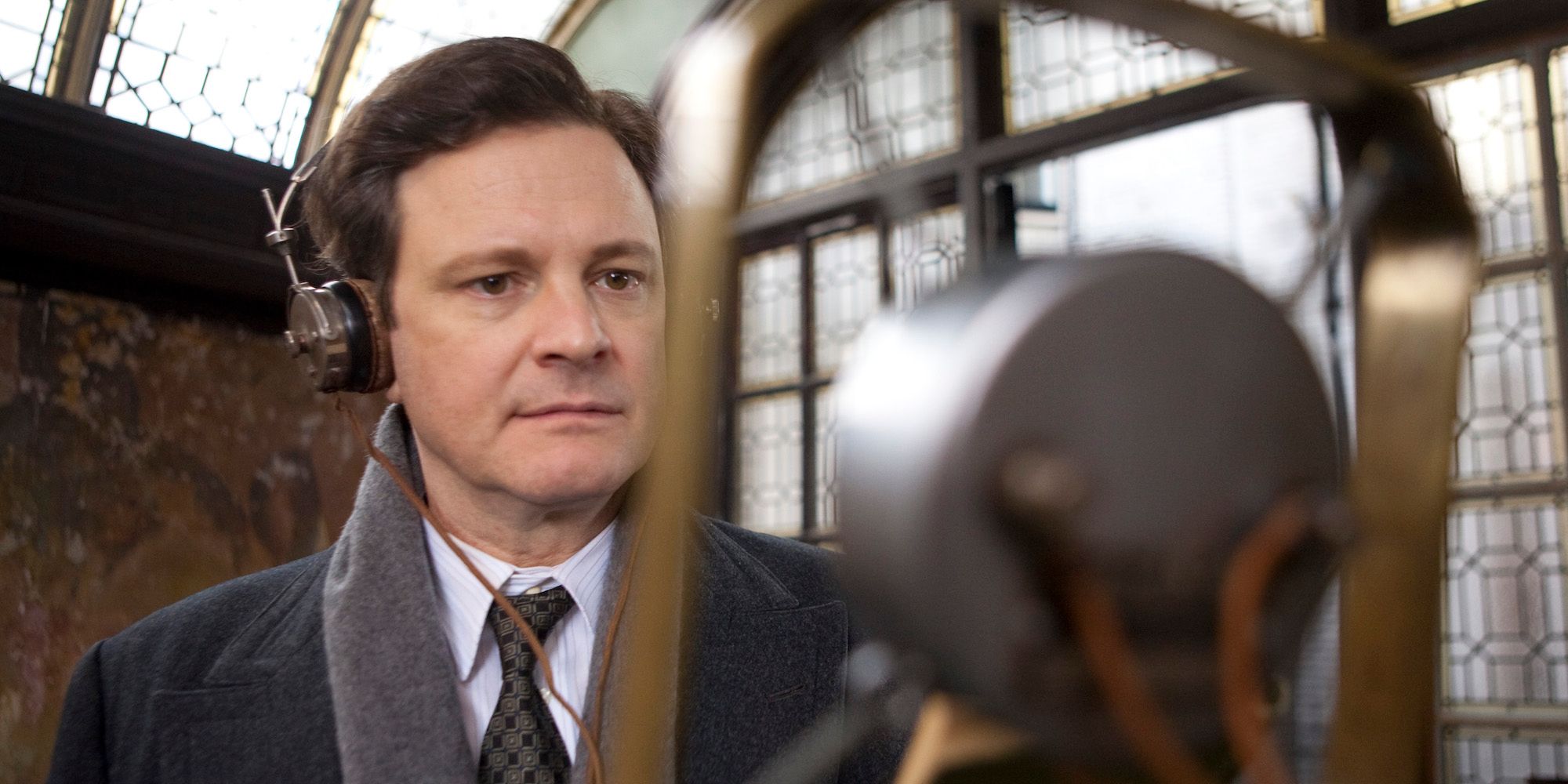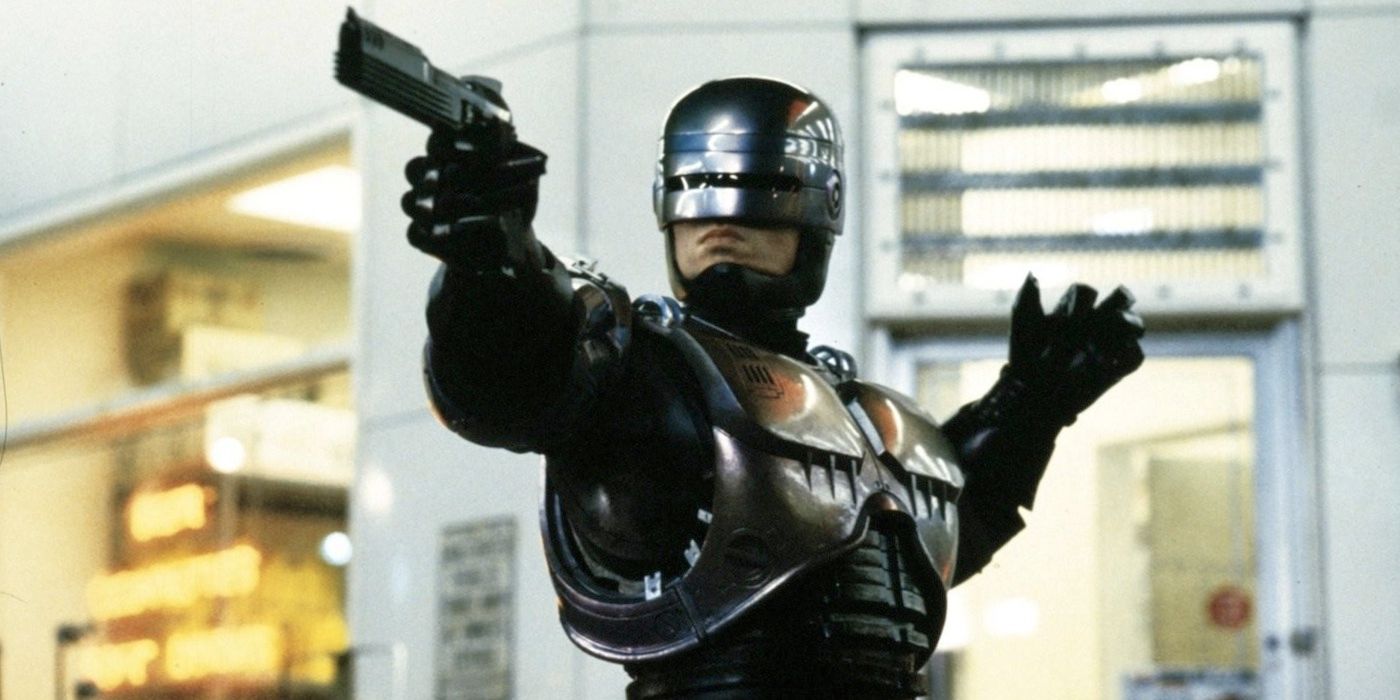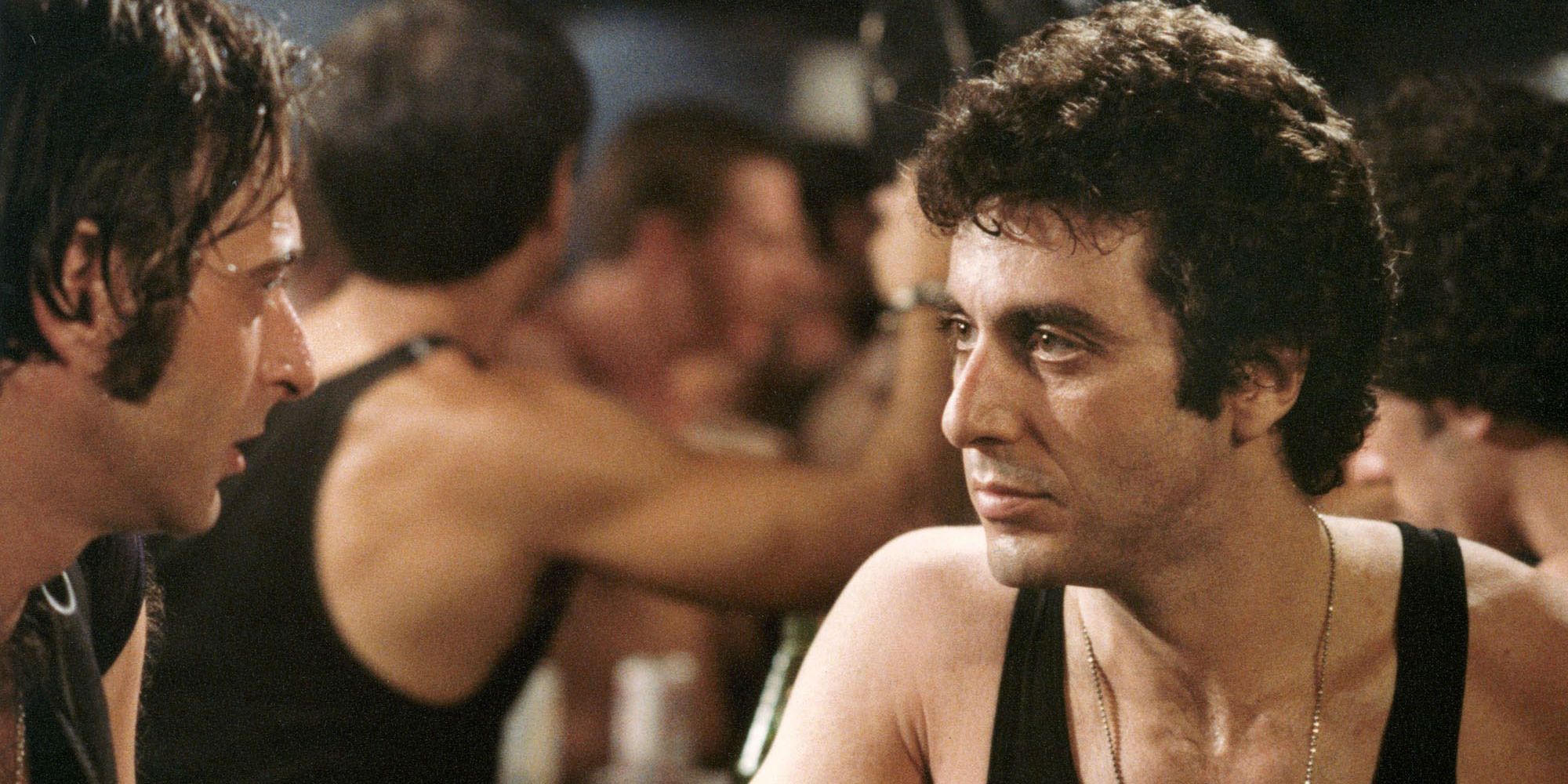The Motion Picture Association of America (or MPAA) is responsible for the ratings system that classifies movies according to their content. Movies rated G are fine for all audiences, while NC-17 (formerly X) movies forbid the admittance of anyone under the age of 17. PG, PG-13, and R-rated flicks fall in between. The system has clear benefits for parents, as it gives them some basic information as to which movies may or may not be appropriate for their children to see. But there's also a downside to it. The board's members, who designate the ratings, are anonymous, and the guidelines as to what you can get away with in any given category are hazy at best.
This creates a conundrum for filmmakers. They understandably want to present their vision in its intended form, but getting a rating that's too restrictive can potentially impact box office business. For instance, if you've made a movie for a teenage audience, an R rating makes it harder for them to get in, whereas a PG-13 offers no hurdles to overcome. What follows are fifteen notable films whose makers weren't happy with the rating they were given by the MPAA. They therefore had to fight for their desired classification while still trying to maintain artistic integrity. Some won, some lost, and a couple circumvented the situation altogether through creative measures. Each of them presents a fascinating case study of the ratings' systems flaws.
These are 15 Movies That Battled The Ratings Board.
15. Clerks
Kevin Smith made his classic independent film Clerks on a shoestring budget of just over $27,000. Because he had such little money with which to realize his vision, the whole movie took place in one location, and it relied on dialogue over action. After making a splash at the Sundance Film Festival, Miramax picked it up for release in cinemas. Everything should have been smooth sailing from there, but the MPAA stepped in and gave Clerks an NC-17 -- a rating that often serves as the kiss of death at the box office, as many theater chains won't show NC-17 fare.
The odd thing here is that the movie contains no nudity or violence, just a lot of dirty talk. Smith and Miramax felt it was unfair to saddle the picture with a restrictive rating that would have negatively affected its ability to get booked into cinemas or advertise itself in mainstream media. Together, they hired famed civil liberties lawyer Alan Dershowitz to represent Clerks in front of the ratings board during their appeal. Dershowitz made a compelling case that the NC-17 was unwarranted for language alone, and the MPAA backed down, giving it an R rating instead.
14. American Psycho
One of the charges frequently leveled at the MPAA ratings board is that they're a lot more strict when it comes to sex than they are with violence. For proof, one need look no further than American Psycho. The film version of Bret Easton Ellis' controversial best-seller stars Christian Bale as Patrick Bateman, a rich investment banker whose passion for Huey Lewis and the News is matched only by his passion for killing people.
American Psycho contains some truly gruesome murders, including one in which he dispatches of a co-worker with an ax. In another scene, a woman is killed with a chainsaw. Those things were apparently okay with the ratings board. A three-way sex scene between Patrick and two prostitutes rankled them, however. Specifically, they were thrown off by the fact that Patrick looks at himself in a mirror during intercourse, rather than at his partners. Director Mary Harron intended for the moment to illustrate Patrick's disconnectedness from the world around him, and argued that point to them. The MPAA didn't budge, so she sliced 18 seconds out of that sequence and got the R.
13. 3 Generations
3 Generations is a 2017 indie about a transgender teen named Ray (Elle Fanning) who is seeking to make the transition from female to male. Ray's mother (Naomi Watts) and grandmother (Susan Sarandon) try to accept his decision, while he tracks down the absentee father whose legal consent is necessary to start transitioning. The MPAA rated the film R for "profanity and sexual references." That didn't sit well with the filmmakers, or with Harvey Weinstein, whose studio, the Weinstein Company, planned to release the film.
Together with GLAAD (the Gay & Lesbian Alliance Against Defamation), Weinstein actively petitioned the MPAA to give 3 Generations a more lenient PG-13. Given the story's themes of acceptance and inclusion, they felt that high schoolers would benefit from seeing it. GLAAD's president, Sarah Kate Ellis, issued a statement saying, in part, that an R rating would be "an unnecessary hurdle for transgender youth who want to see the film, and a character they can finally connect with." She added that the ratings board's decision sent a dangerous message that LGBTQ issues were unfit to be discussed with young people. The MPAA agreed to revisit the issue and, with a few minor trims, 3 Generations hit theaters with its desired PG-13.
12. Blue Valentine
Blue Valentine is a 2010 romantic drama that's both brilliantly acted and difficult to watch. Ryan Gosling and Michelle Williams play Dean and Cindy, a couple whose marriage is rapidly falling apart. The film is uncomfortably precise in exploring the way such things happen. Scenes of the couple in earlier, happier days starkly contrast those of marital discord, making the pain of the breakup extremely palpable for the viewer. Critics raved, and Williams scored a Best Actress nomination at the Oscars.
The ratings board had trouble with one particular scene, which made them slap Blue Valentine with an NC-17. That sequence has Dean performing oral sex on Cindy. Gosling accused them of sexism, saying that the real issue was it showed a man pleasuring a woman, as opposed to the other way around. There was also speculation that the film's overall sad tone made the sex scene pack a troubling punch. Neither Gosling nor director Derek Cianfrance wanted to change the film, so the studio lined up a legal team and filed an appeal. Their argument pointed out that other R-rated movies had far more graphic sex scenes than theirs did, making the harsher rating hypocritical. Somewhat astonishingly, the MPAA admitted that this was true and reversed their decision without the filmmakers having to alter a single frame.
11. Dressed To Kill
Brian De Palma's Dressed to Kill is a masterful thriller that keeps you on edge for its entire running time. Angie Dickinson plays Kate Miller, a frustrated housewife who seeks a thrill by picking up a stranger in an art museum. She's brutally murdered immediately after their tryst. Her son (Keith Gordon) starts seeking out the killer, with the help of a call girl (Nancy Allen). The trail leads directly to Kate's psychiatrist (Michael Caine), a man with a shocking secret.
Dressed to Kill was extremely edgy for 1980. It's still edgy now, sure, but it really pushed boundaries then. The ratings board awarded it an X (which, at the time, did not solely imply pornography) thanks to two graphic moments in particular. The first was a nudity-filled scene where Dickinson's character fantasizes about having sex in the shower, and the second was the bloody scene where she's slashed to death with a straight razor in an elevator. De Palma was, in his own words, "furious" about the rating. He spoke about his frustrations publicly, and to this day, he maintains that the impact of his art was blunted by anonymous bureaucrats. Still, he was contracted to deliver an R-rated picture. After resubmitting it a couple times with some brief trims of those scenes, he got what he needed.
10. Bully
Director Lee Hirsch had a straightforward goal. He wanted to increase awareness of bullying and recommend some steps that could be taken to prevent it. The result was the documentary Bully, which follows five different students who are the victims of torment from their peers. Hirsch hoped that his movie would be screened for schools as well as in theaters, but that plan was jeopardized when it earned an R rating for a few uses of the F-word, one of which was dropped in footage of a kid being harassed on a school bus. Apparently, the MPAA felt teens shouldn't hear language that teens regularly use.
The distressed filmmaker, who publicly called the ratings system "broken," went all out in his efforts to have the rating changed to a more teen-friendly PG-13. Ellen Degeneres used her popular talk show as a forum to support the more lenient rating, and a petition containing more than 200,000 signatures was delivered to the MPAA making the same request. An appeal was filed, with Hirsch losing again. The studio, TWC, held its ground, initially opening Bully without a rating. But for its theatrical expansion, they opted to cut out the F-word so that the movie could properly reach the audience that most needed to see it.
9. Boys Don't Cry
Boys Don't Cry earned Hilary Swank the first of her two Oscars. She plays Brandon Teena, a real-life transgender man who was brutally raped and murdered by two male acquaintances in December of 1993. Chloe Sevigny co-stars as Lana Tisdel, the young woman with whom he becomes romantically involved. The rape scene was obviously going to be intense enough to merit an R rating, but the MPAA objected to a scene in which Brandon performs oral sex on Lana, deeming the film worthy of an NC-17.
Director Kimberly Pierce was initially accepting of the rating. Then the studio, Fox Searchlight, told her that they wouldn't release Boys Don't Cry with an NC-17 label. She asked the MPAA what, specifically, they had an issue with regarding that scene, though she was given a frustratingly vague answer in response, according to her. Pierce pushed back on the issue, getting nowhere. She expressed a belief that the MPAA disliked seeing sexual pleasure onscreen without a male involved. Her hands tied, the director made some trims to satisfy the studio and the ratings board itself.
8. Natural Born Killers
Natural Born Killers is Oliver Stone's 1994 satire of the way the media sometimes glorifies violence and those who perpetrate it. Of course, Stone isn't exactly known for being subtle about anything, so his idea of "satire" is filled with over-the-top, bloody violence and constant mayhem. Honestly, it wouldn't be hard to miss the fact that it's satire at all. Intense performances from Woody Harrelson and Juliette Lewis only add to the impact. Apparently, the ratings board didn't get the joke, and they awarded the movie that dreaded NC-17 label.
Stone understandably didn't want to water down his cinematic statement, but since a major studio (Warner Bros.) was releasing NBK, he contractually had to turn in an R-rated picture. The director re-submitted the film to the MPAA several times, hoping they would be okay with the minor changes he made with each pass. Repeatedly, he was rejected. By the time Natural Born Killers was finally granted an R, Stone had chopped out four whole minutes. He later put all the deleted material into a director's cut for home video.
7. Team America: World Police
Trey Parker and Matt Stone have a history of battling the MPAA. They went back and forth with the organization over South Park: Bigger, Longer, and Uncut before finally securing an R rating for that animated comedy. A few years later, the adversaries met again when Parker and Stone submitted Team America: World Police, a politically-incorrect satire of both politics and action cinema cast entirely with marionettes.
The board really didn't know what to make of the movie's sex scene, which featured two characters fornicating in all kinds of weird positions and taking part in some shockingly kinky antics. On one hand, it was extremely graphic. On the other, it wasn't real people performing those acts, it was puppets with bald spots for genitalia. Parker admitted that, as payback for the South Park fight, he wanted to stick it to the MPAA by inserting things he knew they would have a problem with. He didn't anticipate the scope of that problem, however. He and Stone had to submit Team America a whopping nine times before they were willing to flip the rating from an NC-17 to an R. Forty of the sex scene's ninety seconds were lost in the process.
6. Requiem For a Dream
Darren Aronofsky's Requiem for a Dream is arguably the most harrowing film ever made about addiction. Not only does it chart the physical toll drug dependency takes, it also depicts the way hardcore addicts sometimes debase themselves in order to feed the dragon. Nowhere is this idea more prominent than in a scene late in the movie where Jennifer Connelly's character takes part in a rather perverse sex act, which we won't describe here, at a party being thrown by a pimp. The MPAA got one look at that scene and graded Requiem NC-17.
The problem for Aronofsky, as he has said in interviews, is that cutting the scene would fundamentally undermine a big part of the film's message. His goal was to completely de-glorify drug use by showing the absolute worst places it can take a person. As such, the director refused to cut so much as a frame. Because Requiem for a Dream was going to be released by an independent distributor, he was able to find a way around the problem. Artisan Entertainment took the rare step of releasing the film without an official MPAA rating.
5. The Last House on the Left
The Last House on the Left is Wes Craven's landmark 1972 exploitation film centered around two teenage girls who are raped by a gang of psycho convicts. The parents of one girl discover what they've done and plot a ghastly revenge. So violent was the movie that many countries banned it outright, some prohibiting it well into the 1990s. Aside from the rapes, which are profoundly disturbing, there's a graphic scene at the end where the mother of one of the victims bites off a rapist's penis. The film was submitted to the MPAA, which unsurprisingly deemed it worth of an X.
Craven and producer Sean Cunningham knew that getting an R was pretty much impossible, given how explicit Last House on the Left was. They also knew a lot of theaters wouldn't show any movie carrying the X rating, which would vastly impede their ability to profit off their work. The two came up with a creative solution -- one that would lead to a copyright infringement lawsuit from the MPAA if anyone tried it today. They got an R rating tag from a post-production facility, attached it to the film and to the official poster, and released Last House to cinemas. The rating was completely unsanctioned by the board, of course.
4. Eyes Wide Shut
Stanley Kubrick was never afraid to push the envelope with his films. He didn't particularly care about their ratings, either. His 1971 hit A Clockwork Orange proudly sported an X rating when it hit theaters. One could easily argue that he wouldn't have cared if his erotic Tom Cruise thriller Eyes Wide Shut had been released with an NC-17. The problem was that Kubrick died after turning in his final cut, but before his swan song made its theatrical debut. That meant that the studio, Warner Brothers, had to figure out how to deal with the ratings board's undesirable classification.
Kubrick was a legend, and they wanted to honor his final work, but they also didn't want to take the financial hit that an NC-17 tag inevitably brings. In particular, the MPAA felt that an orgy sequence was far too explicit for an R rating, since kids can technically get into an R picture with a parent or adult guardian. To the great consternation of film critics and hardcore Kubrick buffs, WB opted to alter his film, digitally inserting clothed people in front of the naked orgy participants. That was enough to placate the MPAA, and Eyes Wide Shut went out with an R. Still, it's hard to deny that the vision of an all-time great filmmaker was compromised in the name of money.
3. The King's Speech
You might be surprised to see Best Picture Oscar winner The King's Speech on this list. It's an uplifting, feel-good film with a positive message and nothing even remotely offensive about it, right? Well, not if you rate movies for the MPAA. Colin Firth stars in the film as the future King George VI, who works with a speech therapist (Geoffrey Rush) to overcome his severe stuttering problem so that he can confidently make a radio address to the nation.
The ratings board has a weird thing about the F-word. You can use it once or twice in a non-sexual manner and get a PG-13. Use it more than that, though, and you're squarely in R territory. (Apparently, teens become psychologically damaged if they hear it too many times.) One especially funny scene in the movie finds George sputtering that word out five times in frustration. The MPAA told the filmmakers that if they cut three of those five F-bombs, they'd rate The King's Speech PG-13. Director Tom Hooper saw the inanity of this demand and refused, so the R stuck. Once the movie became a critical darling and Oscar winner, a PG-13 cut was released in an attempt to pull in teens, but it fared poorly.
2. RoboCop
Paul Verhoeven's RoboCop is a landmark science-fiction film. It's so good that neither of its two sequels nor its 2014 remake were able to come anywhere close to replicating its entertainment value. Peter Weller stars as Alex Murphy, a downed Detroit cop who is revived as a cybernetic law enforcement officer. He goes after the crime syndicate responsible for his demise.
The MPAA had problems with several of the film's more violent moments. One of them shows a RoboCop prototype, the ED-209, malfunctioning and repeatedly pumping bullets into an innocent man inside a corporate boardroom. Another shows the main baddie, Boddicker, getting stabbed in the neck with a spike during his final confrontation with the robotic policeman. The board gave RoboCop an X rating, refusing to back down until Verhoeven softened those scenes. The unhappy director complied, but pointed out that these sequences seem so much worse in their edited form. He was going for over-the-top violence that bordered on satire. (The ED-209 scene, for instance, was supposed to be darkly funny in how long it kept going.) Cutting them removed that edge of black comedy, though the film proved to be a smash hit nonetheless.
1. Cruising
When it was released in 1980, few, if any, films had ever been as controversial as Cruising. Gay rights groups protested the movie, which stars Al Pacino as a cop who investigates a series of murders in the gay community by going undercover and "cruising" the bar scene. They also repeatedly disrupted filming, blaring sirens to ruin the soundtrack and flashing lights at the actors to ruin takes. Back then, LGBTQ people were seldom portrayed in a positive light onscreen, and many were uncomfortable with the way the story connected homosexuality and violence.
The MPAA sure didn't approve. The movie was initially unflinching in its look at the most extreme things happening in S&M clubs and leather bars at that time. Director William Friedkin (The Exorcist) claims to have filmed real sex acts taking place in the clubs that served as locations for the movie. He thought that added realism, so he captured Pacino (in character) watching and reacting to them. Because of this explicit material, the board didn't hesitate to slap Cruising with an X. Friedkin says that he had to resubmit his film fifty times before they would give him an R rating. Forty entire minutes of footage from Cruising were lost in the process.
--
What do you think of these movies that battled the ratings system? Does the MPAA need to loosen up, or are they on the money for the most part? Tell us what you think in the comments.

